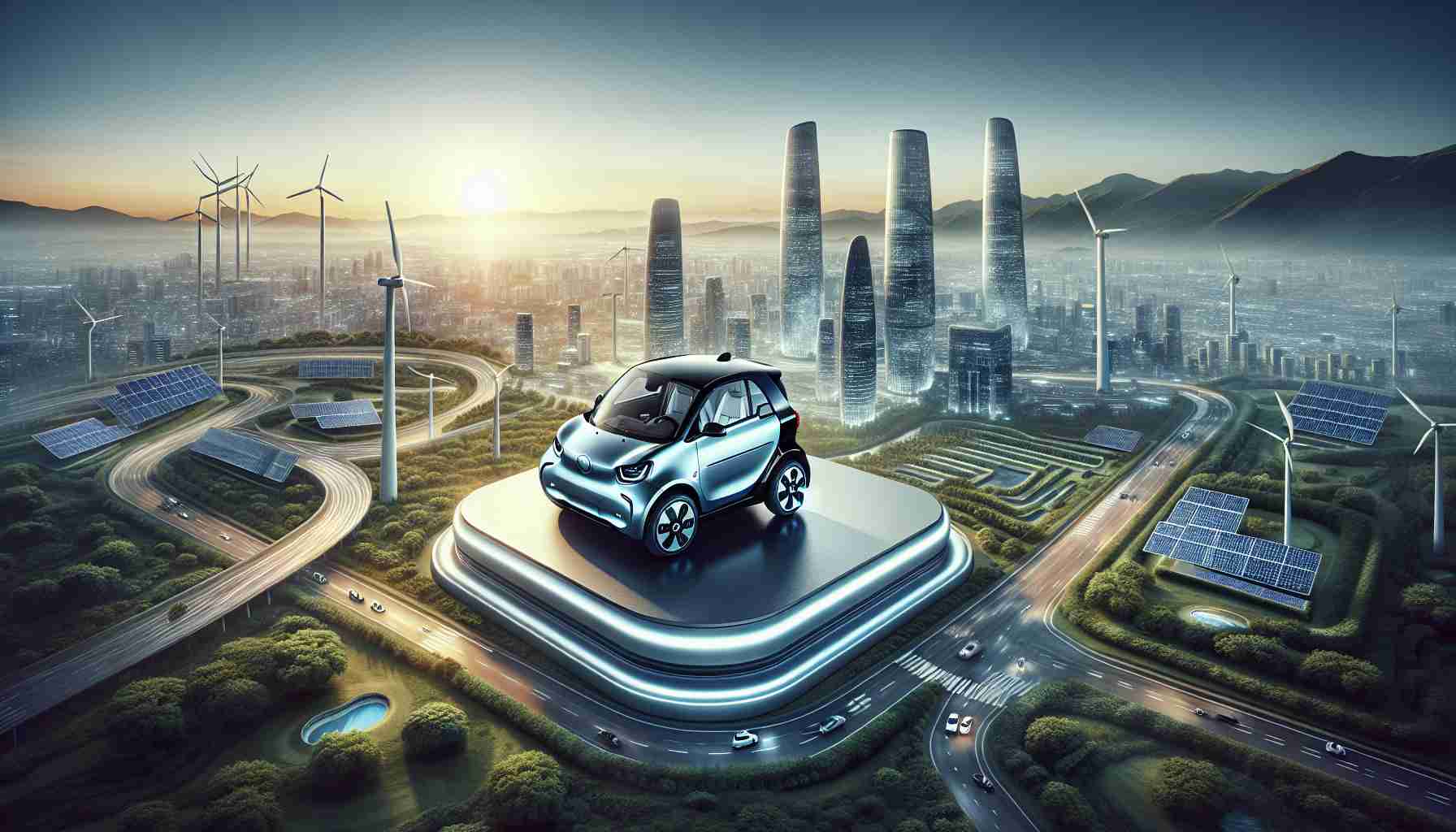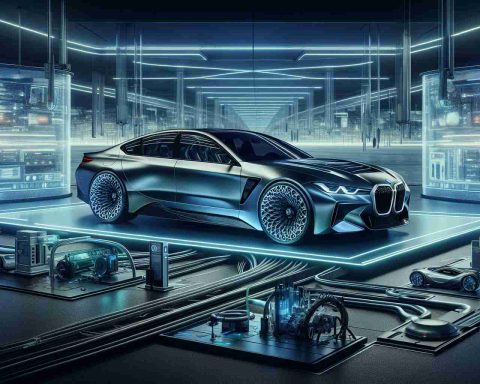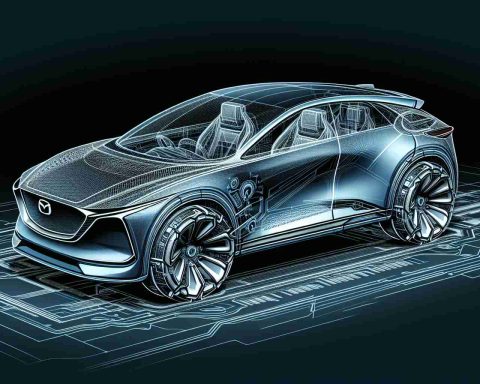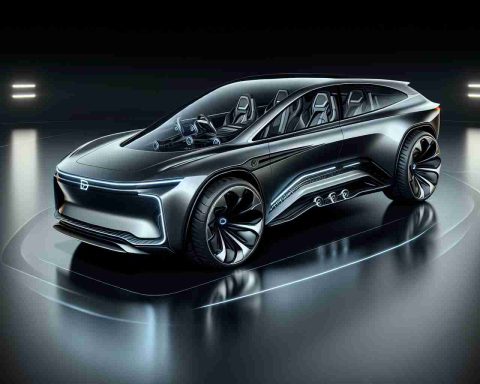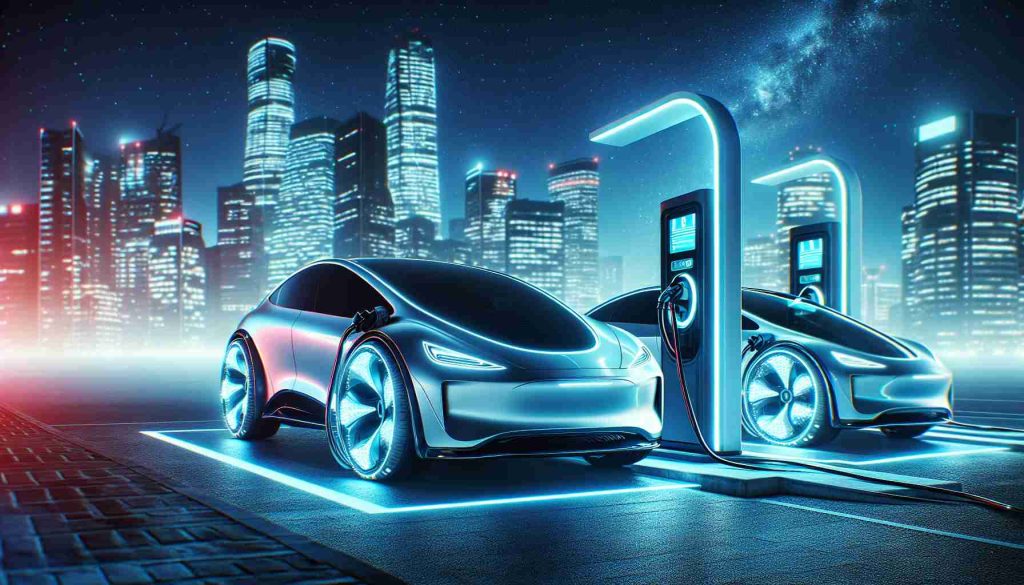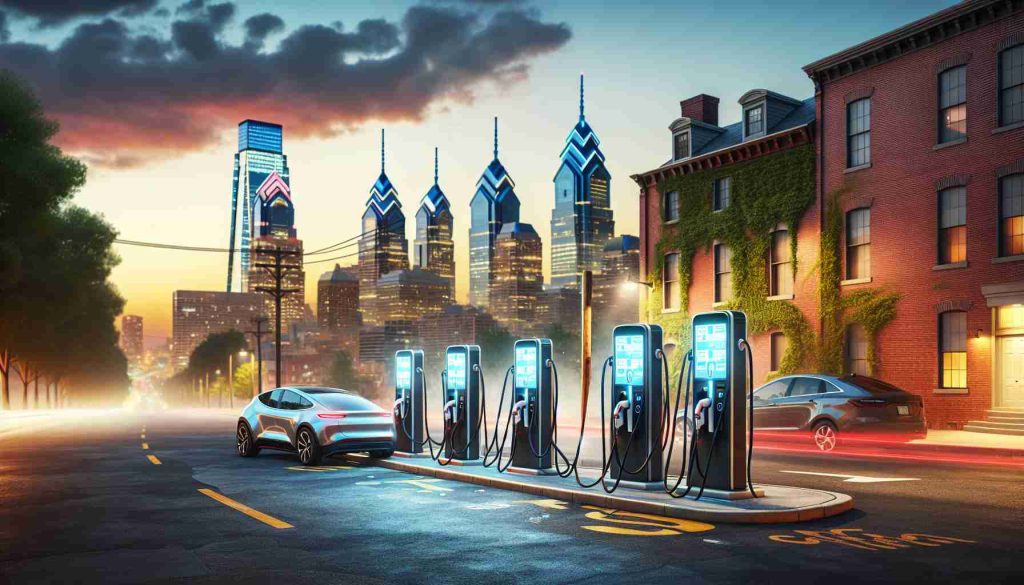- Ford is shifting its focus from large electric SUVs to smaller and medium-sized EVs to meet consumer demands.
- High production costs and technological challenges, particularly with large battery packs, drive this strategic change.
- Competing automakers like Tesla and GM also face difficulties with expensive large electric trucks, impacting accessibility.
- The electric truck market has struggled, with notable models underperforming in sales and facing production issues.
- Tariff threats on imports from Mexico and Canada add complexity to Ford’s EV strategy.
- Ford’s pivot reflects a broader market trend toward efficient and affordable EVs, signaling a key industry shift.
In an unexpected move, Ford is cruising away from grand visions of large electric SUVs, such as the once-anticipated electric Ford Expedition, to embrace the more agile terrain of small and medium-sized electric vehicles (EVs). This strategic realignment is driven by a pressing need to deliver cost-effective and practical vehicles in response to evolving consumer demands.
Why the Turnabout?
Ford’s decision is rooted in the formidable financial and technological barriers tied to producing massive battery packs, especially those exceeding a hefty 180 kWh. The auto giant isn’t alone in this struggle. Industry peers like Tesla and General Motors are also grappling with the daunting expense of producing sizeable electric trucks. These vehicles are often prohibitively priced, with starting costs for the 2025 Chevy Silverado EV, Tesla Cybertruck, and GMC Sierra EV nestled between $70,000 and $90,000. This steep price leaves many potential buyers in the dust.
Market Trends and Challenges
The electric truck market, once soaring on hype, now faces a chilly reality. The Tesla Cybertruck, initially predicted to capture hearts and wallets by the millions, saw a mere 38,965 sales in 2024. Similarly, Ford’s own F-150 Lightning, despite a warm welcome, has endured production setbacks as demand flagged.
Further muddying the waters, looming tariff threats on imports from Mexico and Canada pose additional hurdles for Ford’s electric ambitions.
Key Insight
As the tides of consumer preference shift, Ford’s embrace of smaller EVs is more than just a pivot—it’s a calculated response to a market leaning heavily toward efficiency and affordability. Here, less might just mean more, heralding a new chapter where nimble, sustainable transportation solutions are set to electrify both the roads and consumer hearts.
Ford Shifts Focus: The Bold Move Toward Smaller EVs That Will Change the Auto Industry
Why is Ford Moving Towards Smaller Electric Vehicles?
Ford’s dramatic shift from large electric SUVs to smaller EVs marks a critical strategic realignment to address the soaring costs associated with producing large battery packs. With the market increasingly favoring efficiency and affordability, Ford adapts to meet these evolving consumer demands. Large battery packs, especially those over 180 kWh, not only present significant financial challenges due to their production costs but also make vehicles less accessible with their steep price tags. Ford’s decision aligns with broader industry trends, as other manufacturers like Tesla and General Motors face similar obstacles in their electric truck segments. The focus on smaller EVs allows Ford to offer more cost-effective, agile, and consumer-friendly options.
What Challenges is the Electric Truck Market Facing?
The electric truck market, despite initial excitement, is encountering several challenges. High production costs are leading to high vehicle prices, with models like the Chevy Silverado EV, Tesla Cybertruck, and GMC Sierra EV starting between $70,000 and $90,000. As a result, the anticipated demand has not matched reality, with sales figures like the Tesla Cybertruck’s 38,965 units in 2024 falling short of expectations. Ford’s own F-150 Lightning has also faced production setbacks and fluctuating demand. Additionally, external factors such as potential tariffs on imports from Mexico and Canada add further complexity to production and pricing, affecting strategic decisions for companies like Ford.
How is Ford’s Strategy a Response to Market Trends?
Ford’s transition to producing smaller electric vehicles is a direct response to shifting market trends toward sustainable, affordable, and efficient transportation solutions. This move aligns with growing consumer preferences for vehicles that are not only environmentally friendly but also economically feasible. By repositioning its focus, Ford is not only addressing immediate financial hurdles but also anticipating future market demands. This strategic pivot underscores a broader industry shift where less massive yet technologically advanced vehicles might fulfill consumer needs better.
For more insights into current developments in the automotive industry, consider visiting these reliable sources:
– Ford Motor Company
– Tesla
– General Motors
